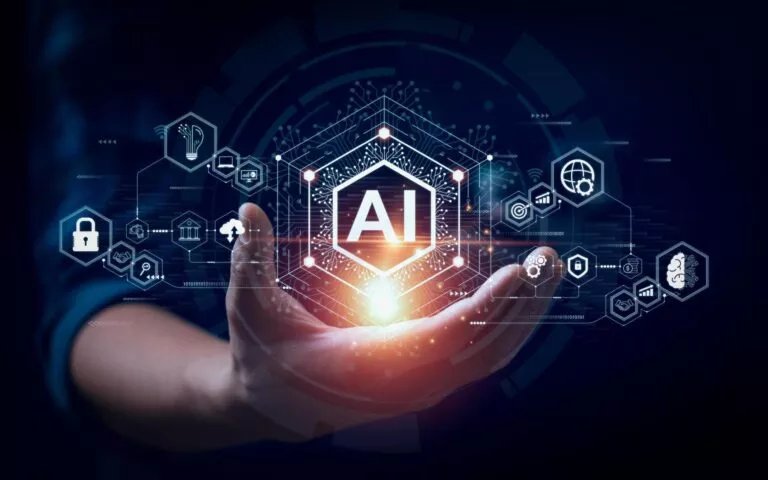In the ever-evolving landscape of artificial intelligence (AI), the ability of machines to learn and adapt is at the core of their functionality. There are several approaches to AI learning, each tailored to specific tasks and challenges. In this article, we’ll explore the three main types of learning in AI: Supervised Learning, Unsupervised Learning, and Reinforcement Learning.
1. Supervised Learning: Guided by Labels
Definition: Supervised learning is akin to a teacher guiding a student through a lesson. In this paradigm, the AI algorithm is provided with a labeled dataset, where each input is paired with the correct output. The algorithm’s objective is to learn the mapping from inputs to outputs, minimizing the discrepancy between its predictions and the actual labels.
Use Cases:
- Image classification
- Speech recognition
- Email filtering (spam detection)
Key Takeaway: Supervised learning excels when there is a clear relationship between input and output, making it suitable for tasks where the correct answers are known during training.
2. Unsupervised Learning: Discovering Patterns in the Unknown
Definition: Unsupervised learning ventures into the realm of the unknown. Here, the algorithm is presented with an unlabeled dataset and is tasked with uncovering patterns and structures within the data without explicit guidance.
Use Cases:
- Clustering similar data points
- Dimensionality reduction
- Anomaly detection
Key Takeaway: Unsupervised learning is ideal for scenarios where the data lacks predefined categories, encouraging the algorithm to discover inherent structures and relationships.
3. Reinforcement Learning: Learning through Trial and Error
Definition: Reinforcement learning mimics the learning process of humans and animals through trial and error. An agent interacts with an environment, taking actions to achieve specific goals. The agent receives feedback in the form of rewards or penalties, enabling it to learn optimal strategies over time.
Use Cases:
- Game playing (e.g., AlphaGo, Dota 2)
- Robotics
- Autonomous vehicles
Key Takeaway: Reinforcement learning is instrumental in dynamic and sequential decision-making scenarios, where the agent must learn from experience to maximize cumulative rewards.
Beyond the Basics: Specialized Learning Approaches
While supervised, unsupervised, and reinforcement learning form the fundamental pillars of AI learning, the field continues to evolve with specialized approaches:
4. Semi-Supervised Learning: Combining elements of supervised and unsupervised learning, semi-supervised learning leverages datasets with both labeled and unlabeled examples to enhance model training.
5. Self-Supervised Learning: In self-supervised learning, models create their own labels from the data, often by formulating auxiliary tasks. This approach eliminates the need for external annotations.
6. Meta-Learning: Meta-learning involves training models on a variety of tasks, enabling them to learn how to learn. The goal is to enhance adaptability to new, unseen tasks.
In conclusion, the diverse landscape of AI learning reflects the multifaceted nature of problem-solving in the field. Whether it’s the guidance of a teacher (supervised learning), exploration of the unknown (unsupervised learning), or learning through experience (reinforcement learning), these approaches collectively drive the advancement of artificial intelligence.
As AI continues to reshape industries and technologies, understanding these learning paradigms is crucial for unlocking the full potential of intelligent systems. Embracing the nuances of each approach empowers developers and researchers to tailor solutions that address the unique challenges presented by a wide array of applications.

